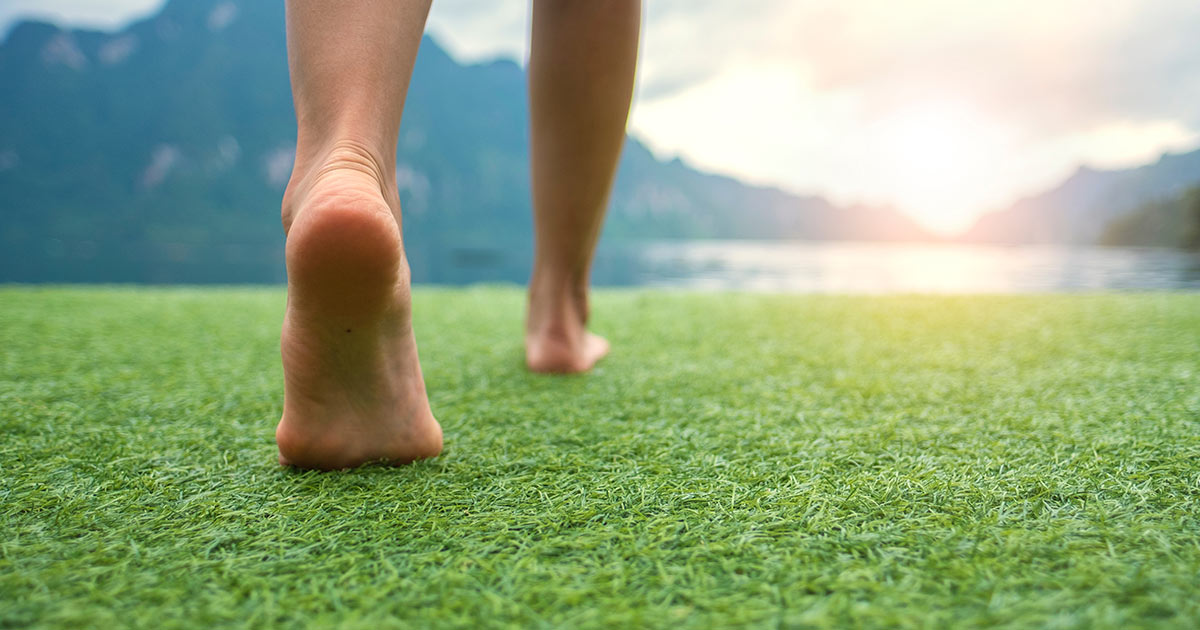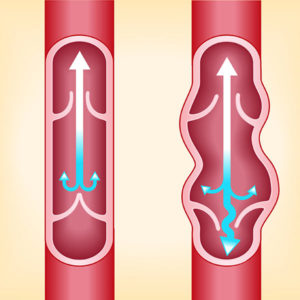
How to Reduce the Appearance of Varicose Veins
Last updated July 29, 2019
Varicose veins are enlarged, bulging veins, often found on the thighs, calves or inside the leg, that occur when the one-way valves in the vein become weakened or damaged, causing blood to collect in the vein. They can cause significant pain when standing or walking. While rarely serious, they sometimes warrant evaluation by a doctor. Here’s when you should see your doctor:

- You have varicose veins that are tender to the touch, warm, swollen or red
- A rash or sores appear on the leg in the ankle area
- Your skin color changes or your skin thickens around the ankle or calf
- You have a varicose vein that bleeds
- Symptoms relating to the veins affect your ability to do daily tasks
- If their appearance bothers you
While you may not be able to keep them from forming, here are some tips to help prevent them from worsening:
- Do not stand or sit for long periods without interruption
- Don’t cross your legs while seated
- Elevate your legs when sitting or lying down, keeping them raised above your heart when possible
- Get plenty of regular physical activity to strengthen the muscles in your legs
- Lose any extra weight to help improve blood flow
- Do not wear tight clothes, especially those that are constricting around the waist, groin or thighs
- Wear compression stockings to help keep blood from pooling
For more information, visit the U.S. National Heart, Lung, and Blood Institute website at http://www.nhlbi.nih.gov.
 Dr. Pedro Rodriguez is a board-certified plastic surgeon at OSF Specialty Clinic – Guilford Square in Rockford, Ill.
Dr. Pedro Rodriguez is a board-certified plastic surgeon at OSF Specialty Clinic – Guilford Square in Rockford, Ill.